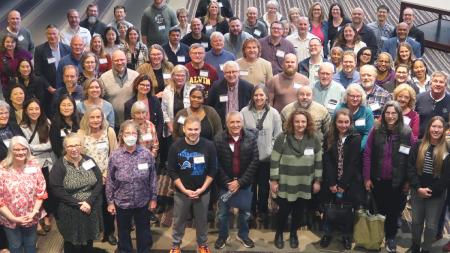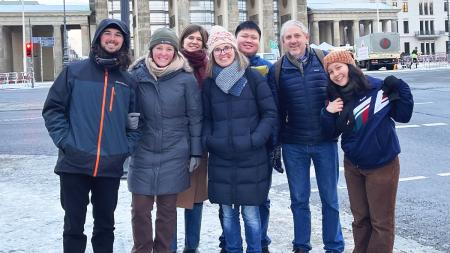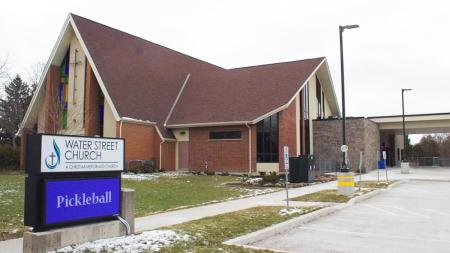Video Features Relief Work among Rohingya Refugees

Christian Commission for Development in Bangladesh
Two men carry a dying woman to the spot in the Kutupalong refugee camp where she can be buried with her husband; two parents hold their crying child, who is severely dehydrated and has a high temperature — but they don’t know where to go for help.
These are some of the images shown in a new, seven-minute video produced by the Christian Commission for Development in Bangladesh and titled Rohingya Crisis: A Plight for Survival.
Also in the video, posted on YouTube, women carry metal containers up a steep hill in search of clean water. But clean water is hard to find.
Halfway through the video, a young man speaks of the violence he escaped in Myanmar where soldiers shot people from helicopters and then, once on the ground, burned homes and raped women.
And as the video moves to a conclusion, representatives of World Renew are shown distributing food inside a long, crowded tent in this camp that sprawls for thousands of acres and is filled with more than 600,000 Rohingya refugees.
A narrator explains that the Rohingyas, who are Muslims, have been escaping for their lives by the hundreds of thousands into the Kutupalong refugee camp, located in an area of Bangladesh that was home to only a few thousand people earlier this year.
“They keep on coming, and no one knows how many more will arrive,” says the narrator.
Appearing in the video are Harry Harsevoort, an international relief manager for World Renew, and Kohima Daring, World Renew’s country director for Bangladesh. World Renew, with the backing of the Canadian Foodgrains Bank, is one of several groups at work in the camp.
Harsevoort and his wife, Greta, have been working in the camp since November.
“We’re thankful that we can in some small way help the Rohingya refugees; the situation is very, very serious,” he says, adding that they are currently looking into supplying cooking stoves that people can use.
As the video ends, children run along a stream of latrine sewage through a corridor of makeshift homes. They are smiling as a white kite they are flying bounces in the air above them.
Although they seem happy enough, the narrator says, “These children dream to fly kites in the land where they belonged to” — a land in which their families lived for centuries until persecution began and pushed them fleeing for their lives and into the Kutupalong camp and other camps in Bangladesh that are struggling, with the help of such organizations as World Renew, to meet their needs.


